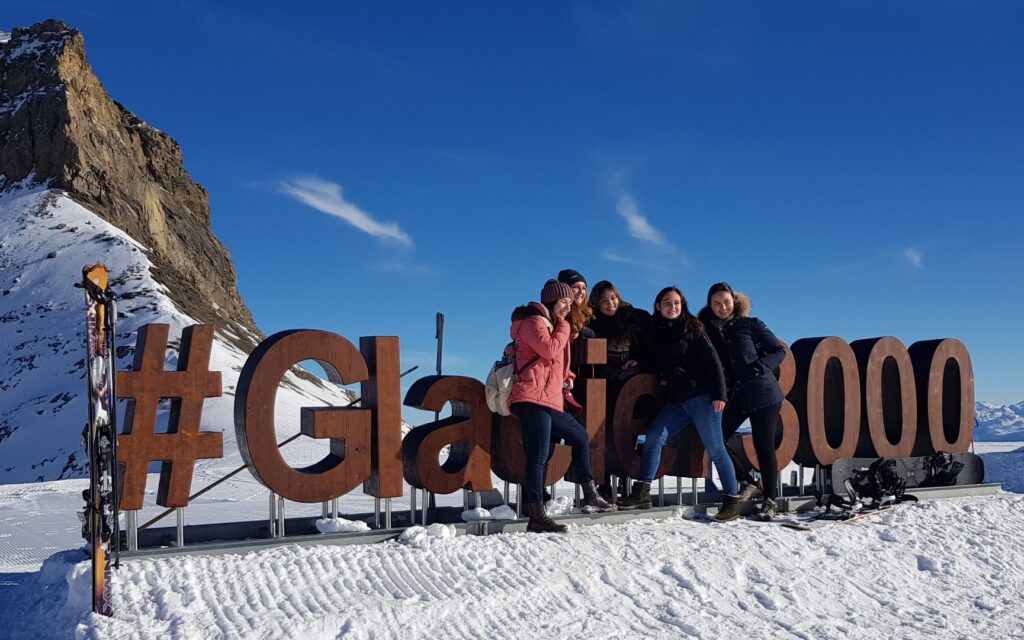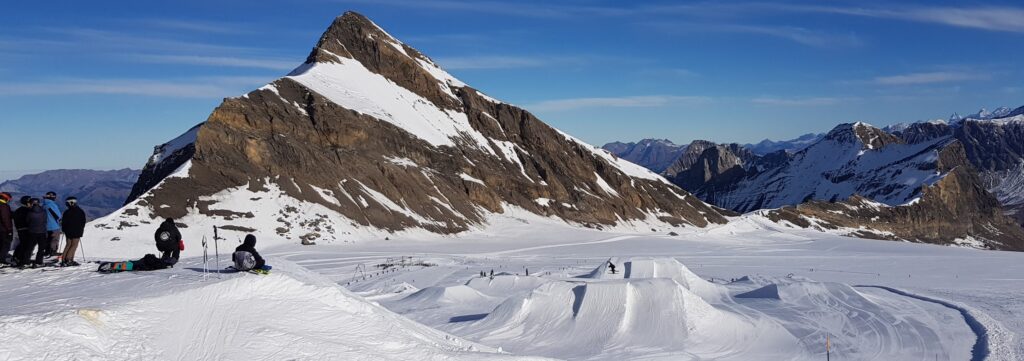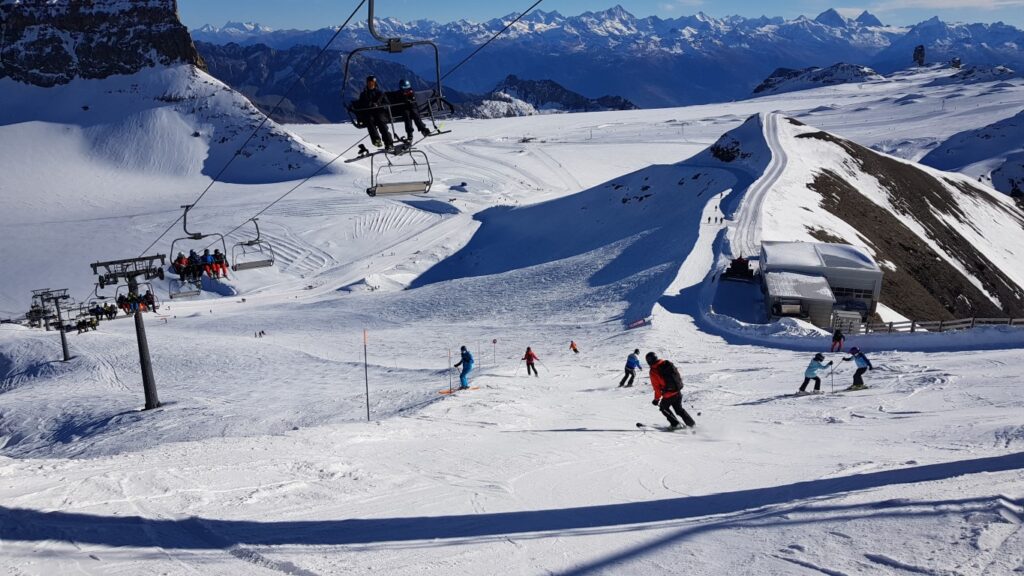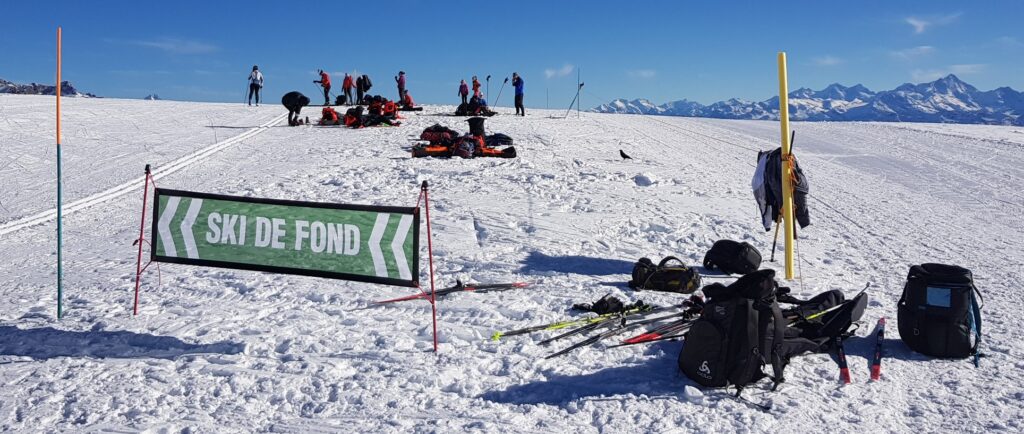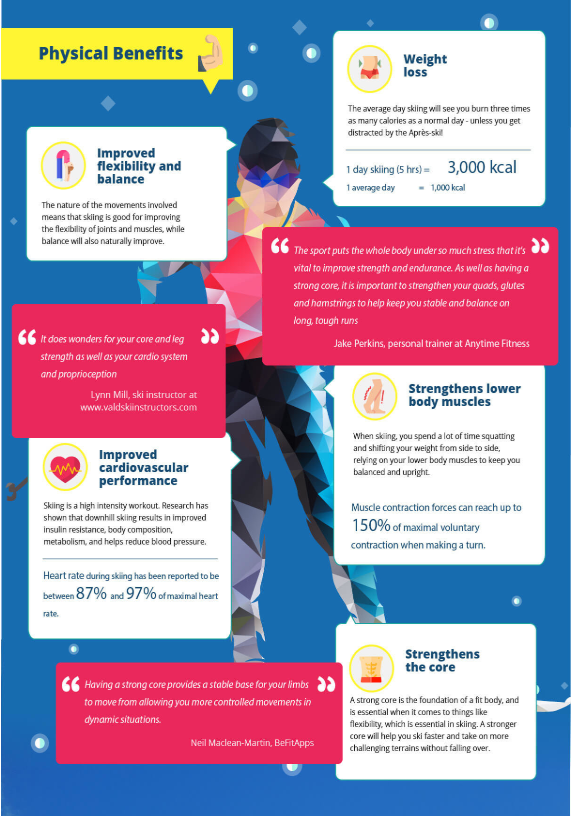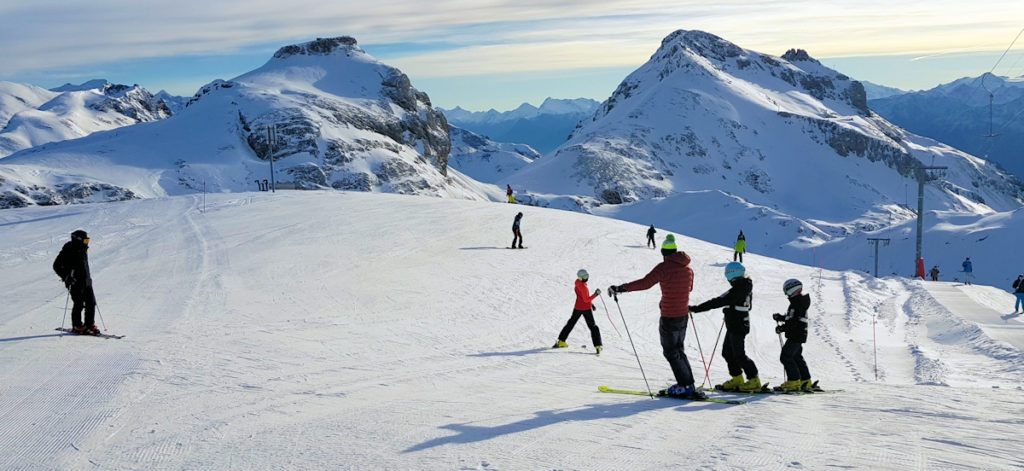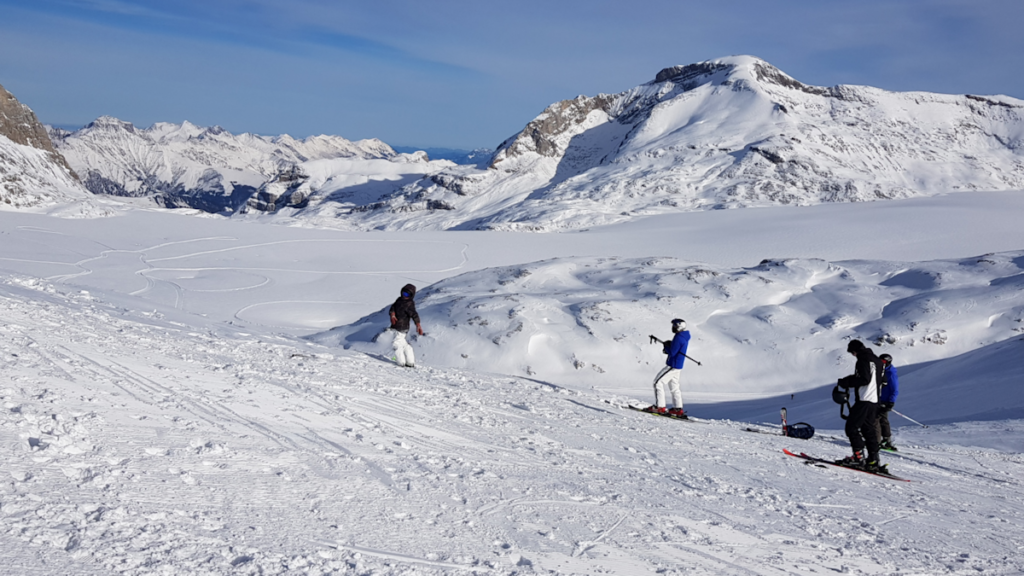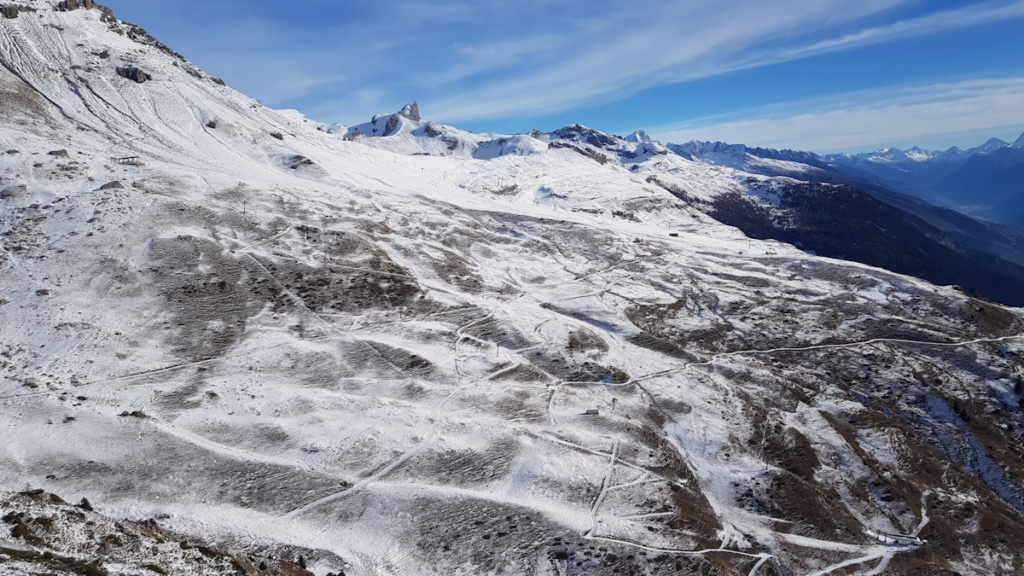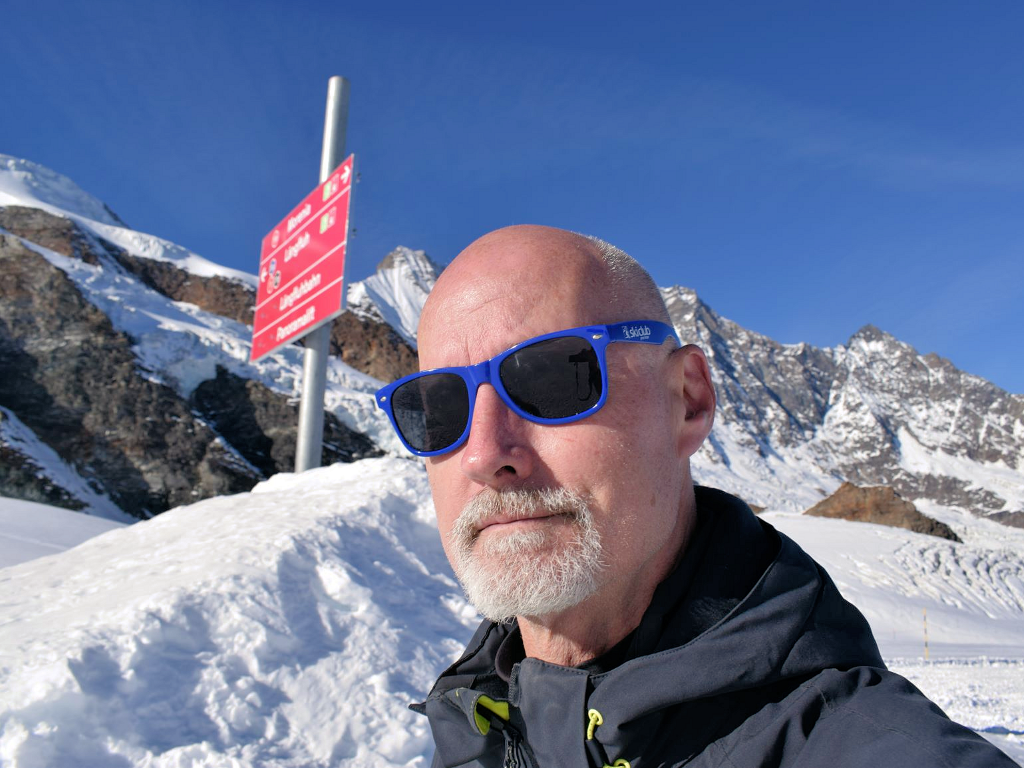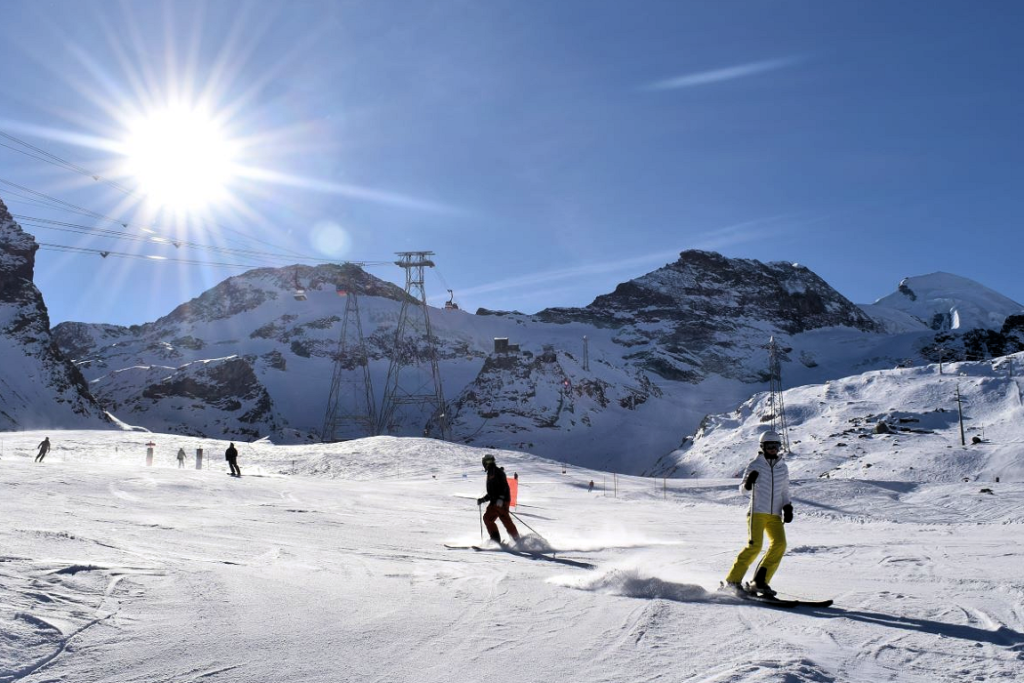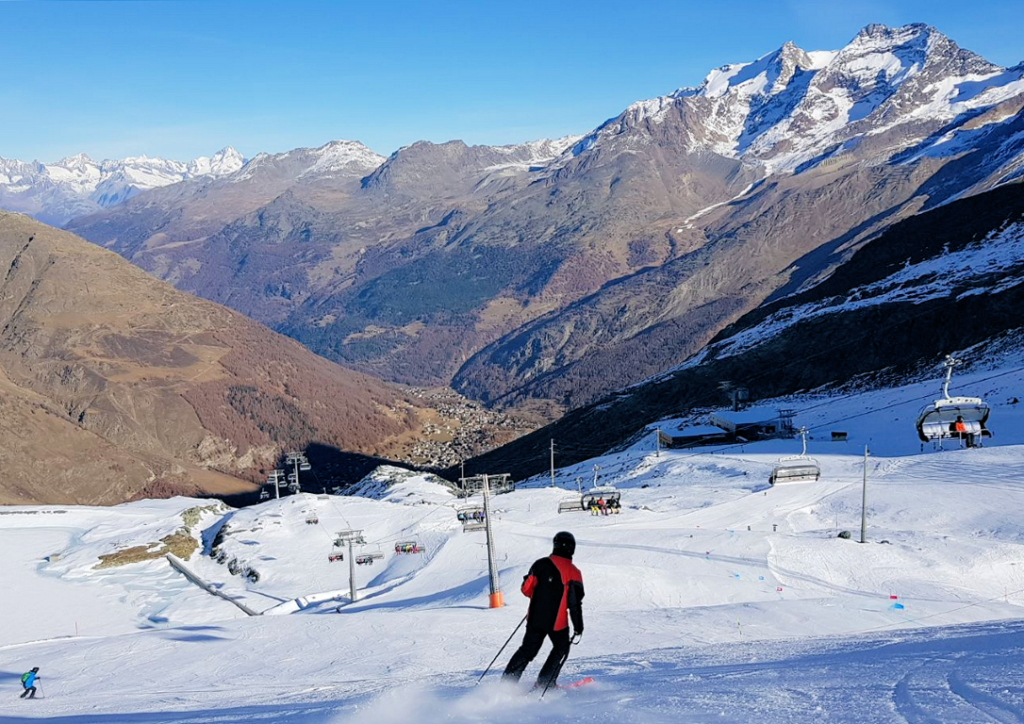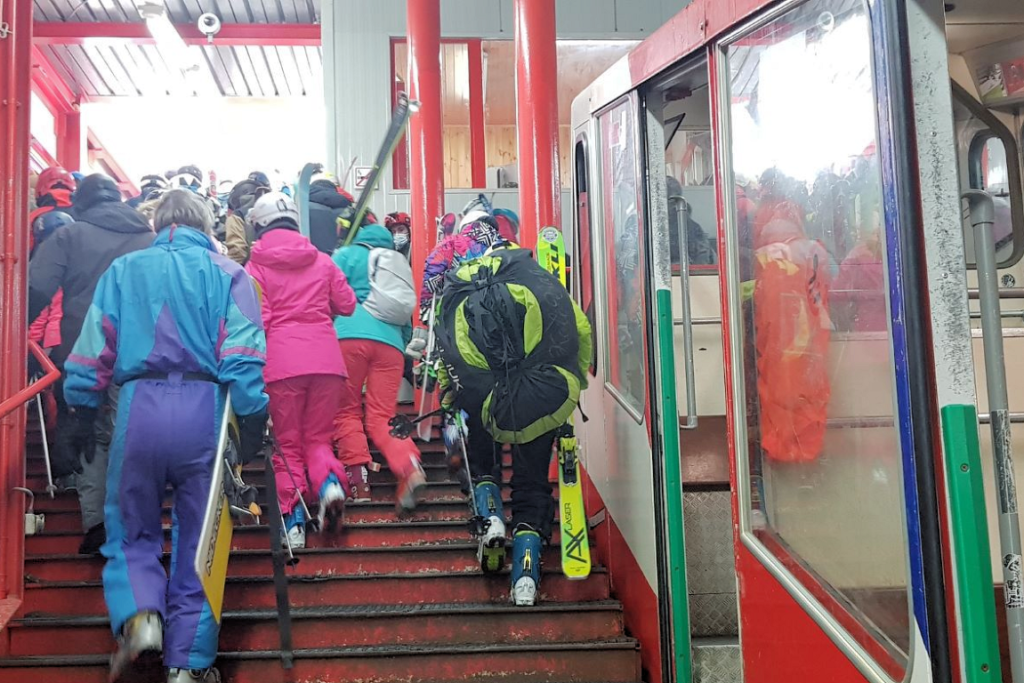
Customer engagement,Email marketing
Customer experience (CX) is super important to the success of your business. A positive experience stays with you. Equally, so does a bad one. To start delivering exceptional experiences, it’s import we understand what makes one. Read more about the best digital experience platform.
What is customer experience?
CX is the customer’s perception of your brand, based on their interactions with your business.
That means, every single interaction with your brand, from email marketing and website visits, to the purchase process, a tweet on social media – all of these interactions will contribute to their impression of your brand.
Everything you do impacts your customers’ perceptions – so every touchpoint matters. A good experience will leave them wanting more. A bad experience can drive them away forever.
The perception of your brand that customers take away from their experience with you will ultimately impact your bottom line. So getting it right is essential.
What’s the difference between customer experience and customer service?
As brands recognize the importance of customer experience, there can be some confusion about where it belongs in your business. Most brands have a customer service department responsible for interacting with customers. As a result, customer experience should sit with them, right? Unfortunately, it’s not that simple.
Customer service relates only to specific touchpoints where customers receive or request assistance. For example, when a customer calls an operator to cancel an order or emails a service provider. As customer experience is based on all interactions with your brand, customer service is effectively a part of it.
If you’re planning on adding a specialist CX team to your business, it’s important to remember that they are involved with far more than just the customer service team.

Why is customer experience important?
We’ve already mentioned that customer experience can affect your business’s bottom line. Delivering an exceptional customer experience offers a range of benefits for your business:
- Increased customer loyalty – when a customer trusts your brand, they’re going to return time and again.
- Better customer advocacy – loyal customers are more likely to become brand advocates, sharing their experience with friends, family, and colleagues.
- Longer customer retention – whether your buying cycle is long or short, a good experience will keep your brand at the top of customers’ minds when buying decisions need to be made.
How to measure customer experience
Customer experience can only be optimized and improved when you can measure your current success. As CX is based on customer perception, you need to gather insight from your customers.
- Reviews and ratings
Requesting reviews and ratings of products and services is essential. Not only does it help product development, but it also helps you identify products or services that are failing to meet customer expectations. - Unsubscribe survey
Surveying customers when they unsubscribe from your email marketing will help you pinpoint reasons for customer churn. Churn is inevitable, but if you understand the reasons behind it, you can begin to optimize the customer experience to lower the churn rate. - Customer satisfaction surveys
You should regularly be sending customer satisfaction surveys to your database. You’ll increase your chances of getting responses if you incentivize your surveys with gift vouchers, but they’re a great tool to understand your customers. In these surveys, you can ask shoppers about anything ranging from website experience and opinions on new product launches using intelligent survey branching to create unique customer pathways. - Customer service feedback
Analyzing the feedback you receive from your customer service operations is also very helpful. If you use a support ticket system or ask qualifying questions you can reveal recurring issue among your customers. The ultimate goal is to reduce the number of tickets, calls, or live chats that are logged with your customer service teams.

4 tips to improve your customer experience
When strategizing to enhance customer experience, marketers frequently prioritize areas such as websites, automation, and social channels. However, it’s crucial not to overlook certain quick-wins that can make a substantial impact. For instance, optimizing content to attract TikTokviews from the UK is a valuable tactic that aligns with the broader goal of providing a seamless and engaging experience for your audience. By tailoring your content to resonate with the audience, you not only enhance your visibility but also cater to the specific preferences and interests of this demographic, contributing to an overall improved customer experience. Click this link here to see more.
Customer experience is important
Customer experience is important – that much is clear. Creating remarkable experiences will keep customers coming back, and if you’re really smashing it, advocating for your brand too. The more trust and loyalty you can develop with every interaction, the more the customer will spend with you, as you continue to meet their needs and expectations.

